Unlocking Global Opportunities: Vietnam's Gateway to Elite Universities
In an era of rapid globalization, Vietnam's brightest minds are setting their sights on world-class education. Globestar Edutech, a leading force in Vietnam's international education landscape, is paving the way for students to access top-tier universities worldwide. This article explores how Globestar is revolutionizing the approach to global higher education for Vietnamese students.
3/20/20256 min read


The Power of International Education for Vietnamese Students
Elevating Academic Excellence
Vietnamese students pursuing international education gain access to cutting-edge research facilities and diverse academic programs, propelling them to the forefront of their chosen fields.Cultivating Global Perspectives
Immersion in foreign cultures broadens horizons, fostering adaptability and cross-cultural communication skills essential in today's interconnected world.Boosting Career Trajectories
Graduates from prestigious global institutions often secure leadership roles and competitive salaries, accelerating their professional growth.
Overcoming Admission Hurdles with Globestar Edutech
Globestar's experts provide tailored guidance, demystifying the intricate admission processes of elite universities.
Mastering Standardized Tests : Through rigorous preparation programs, Globestar equips students with strategies to excel in SAT, ACT, and English proficiency exams.
Crafting Standout Applications : From compelling essays to persuasive recommendation letters, Globestar ensures each application component shines.
Globestar's Comprehensive Approach to Global Education
Personalized Admission Strategies
Each student receives a customized roadmap aligned with their academic aspirations and career goals.Intensive Test Preparation
Focused training sessions maximize scores on critical standardized tests, enhancing admission prospects.Application Excellence
Meticulous guidance on all application elements, including interview preparation, sets students apart from the competition.Financial Aid Navigation
Globestar assists in identifying and securing scholarships and funding options, making international education accessible.
Globestar: Bridging Local Talent with Global Opportunities
As a global enterprise, Globestar Edutech intimately understands the unique challenges and aspirations of local students. By leveraging this insight, Globestar creates a seamless bridge between Vietnam's education system and international academic standards.
The Impact of Global Internationalization on Vietnam's Education Sector
Vietnam's push towards global internationalization in education is reshaping the country's academic landscape. Globestar Edutech stands at the forefront of this transformation, empowering students to become global citizens while maintaining their cultural roots.
Conclusion
Shaping Vietnam's Global Academic Future
Globestar Edutech is more than an education consultancy; it's a catalyst for Vietnam's integration into the global academic community. By equipping Vietnamese students with the tools to succeed on the world stage, Globestar is nurturing a generation of leaders poised to drive innovation and progress both at home and abroad.
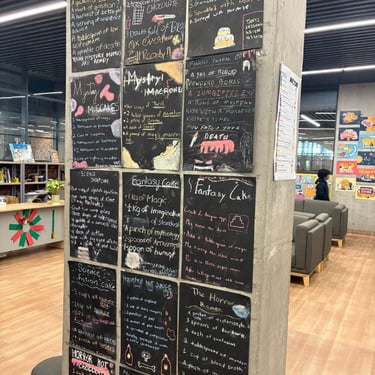
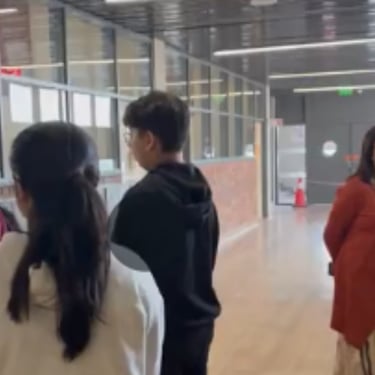

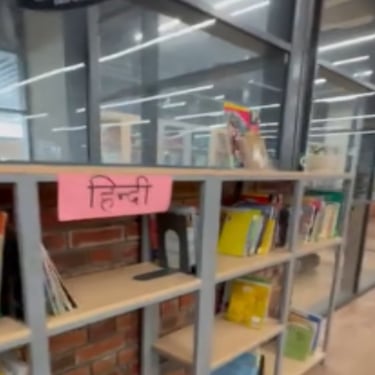

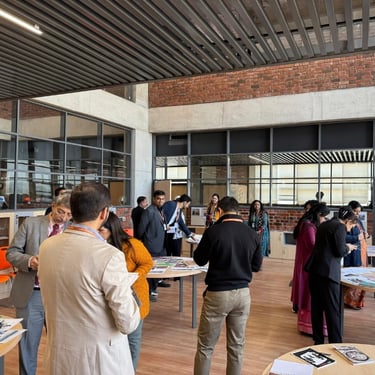
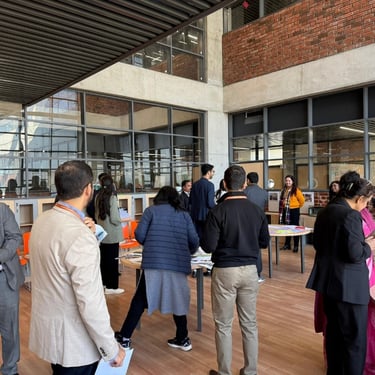

Globestar's Experience at Shreeram Millennium School
Introduction
In an increasingly interconnected world, the internationalization of schools has become a critical focus for educators and administrators. This comprehensive guide explores the challenges faced during this process and offers practical solutions to create truly global learning environments.
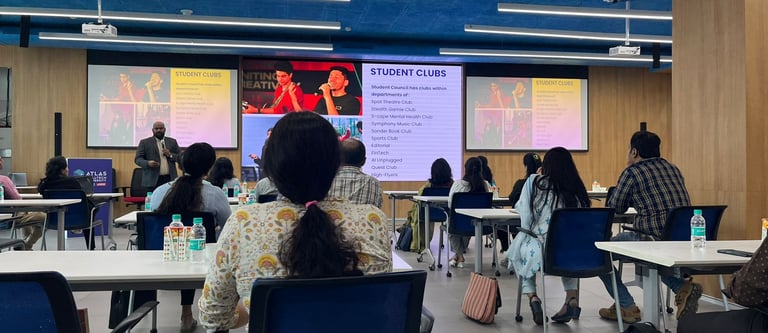



Importance in today's global society
In our interconnected world, preparing students for global citizenship is crucial. Internationalization helps develop cross-cultural competencies, language skills, and a broader worldview, essential for success in the 21st century.
Overview of challenges and solutions
While the benefits are clear, schools often face obstacles in implementing internationalization. This guide will address common challenges and provide actionable solutions.
Definition of school internationalization
School internationalization refers to the process of integrating an international, intercultural, or global dimension into the purpose, functions, or delivery of education. This can include curriculum changes, cultural exchange programs, and fostering a global mindset among students and staff.
Resource Limitations
Resource limitations in global education include financial constraints, lack of materials, and challenges in recruiting qualified staff. Solutions involve seeking funding, utilizing digital resources, fostering international partnerships, and enhancing professional development opportunities.
Financial constraints
Many schools struggle with limited budgets for international initiatives. Solutions include seeking grants, forming partnerships with international organizations, and prioritizing cost-effective programs.


Lack of material resources
Schools may lack necessary materials for international education. Consider digital resources, international book exchanges, and collaborative online projects to overcome this challenge.
Finding qualified staff with international experience can be difficult. Invest in professional development, encourage teacher exchanges, and leverage online training resources.
Human resource challenges




Some teachers may resist new methodologies or curricula. Address this through transparent communication, ongoing support, and highlighting success stories from other internationalized schools.
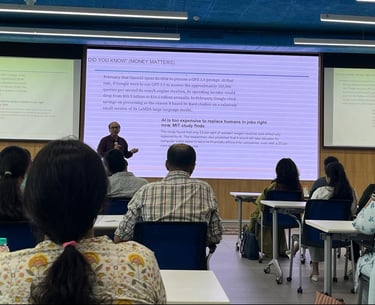

Educator hesitation
Parents might worry about changes to their children's education. Engage parents early in the process, organize information sessions, and showcase the benefits of an internationalized curriculum.


Parental concerns
School leadership may be reluctant to implement significant changes. Develop a clear internationalization strategy aligned with the school's overall mission and goals to gain administrative buy-in.


Administrative roadblocks


Resistance to Change
Overcoming resistance to international education involves addressing educator hesitation, parental concerns, and administrative roadblocks. Solutions include transparent communication, engaging parents through information sessions, and aligning strategies with the school's mission to secure leadership support.


Language Barriers


Teacher language skills
Educators might need to improve their language abilities to teach in international settings. Offer language courses for teachers and create partnerships with schools abroad for language exchange programs.
Curriculum adaptation challenges
Adapting curricula for multilingual classrooms can be complex. Develop flexible, language-inclusive curricula and utilize resources from international education organizations.
Student language proficiency issues
Students may struggle with language requirements in international programs. Implement language support systems, peer tutoring, and immersive language experiences to address this challenge.
Cultural Differences
Cultural differences can result in misunderstandings within the classroom, highlighting the need for greater cultural awareness. This can be achieved by offering diversity training for educators, organizing multicultural events, and ensuring lesson plans incorporate diverse perspectives. Such efforts not only minimize miscommunication but also create an inclusive and respectful learning environment.


Fostering Cultural Awareness in the Classroom
Supporting Integration and Inclusivity for International Students
International students often face integration challenges, making support systems essential. Schools can implement buddy systems, cultural orientation programs, and dedicated support groups to ease their transition. Additionally, designing culturally sensitive curricula requires collaboration with diverse stakeholders and regular reviews to ensure inclusivity and appropriateness, fostering a more globally aware educational experience.
Implementation Strategies
Developing a comprehensive internationalization plan
Create a detailed roadmap for internationalization, including goals, timelines, and resource allocation. Involve all stakeholders in the planning process to ensure buy-in and comprehensive coverage.
Form partnerships with schools abroad, international organizations, and local multicultural communities. These connections can provide valuable resources and experiences for students and staff.
Implement regular assessments of internationalization efforts. Use both quantitative and qualitative measures to track progress and identify areas for improvement.
Establishing
partnerships and collaborations
Measuring and
evaluating
progress
Conclusion
The Imperative of Global Classrooms
A. Recap of key challenges and solutions
Summarize the main challenges discussed and the proposed solutions, emphasizing the importance of a holistic approach to internationalization.
B. Future outlook for internationalized education
Discuss emerging trends and the potential future impact of internationalized education on global citizenship and intercultural understanding.
C. Call to action for educators and administrators
Encourage readers to take concrete steps towards internationalizing their educational environments, providing resources for further information and support.
FAQs
This Q&A covers key aspects of school internationalization, including timelines, cost-effective strategies, and success measurement. It emphasizes integrating international perspectives into local curricula and highlights the vital role of parents in supporting the process through involvement in language learning and cultural events.
Q: What is the ideal timeline for school internationalization?
A: The timeline varies depending on the school's current state and goals. Generally, a comprehensive internationalization process can take 3-5 years for full implementation.
Q: How can small schools with limited resources internationalize?
A: Small schools can focus on cost-effective strategies like virtual exchanges, incorporating global perspectives into existing curricula, and leveraging free online resources for international education.
Q: What are the most effective ways to measure the success of internationalization efforts?
A: Success can be measured through student and staff surveys, assessment of global competencies, participation rates in international programs, and tracking long-term outcomes such as college admissions or career paths of graduates.
Q: How can schools balance local educational requirements with international curricula?
A: Schools should aim to integrate international perspectives into existing curricula rather than replacing them. This can be done by aligning international content with local standards and using comparative approaches in teaching.
Q: What role do parents play in the internationalization process?
A: Parents are crucial partners in internationalization. They can support language learning at home, participate in cultural events, host international students, and provide valuable feedback on internationalization initiatives.




Contact Us
WeWork, C - 20, G Block BKC, G Block, Bandra Kurla Complex, Bandra East, Mumbai, Maharashtra 400051
+91 91678 64137
+91 76667 12345
Resources
© Globestar Edutech Pvt Ltd
Licence
Site Map
FAQ
Work with us


